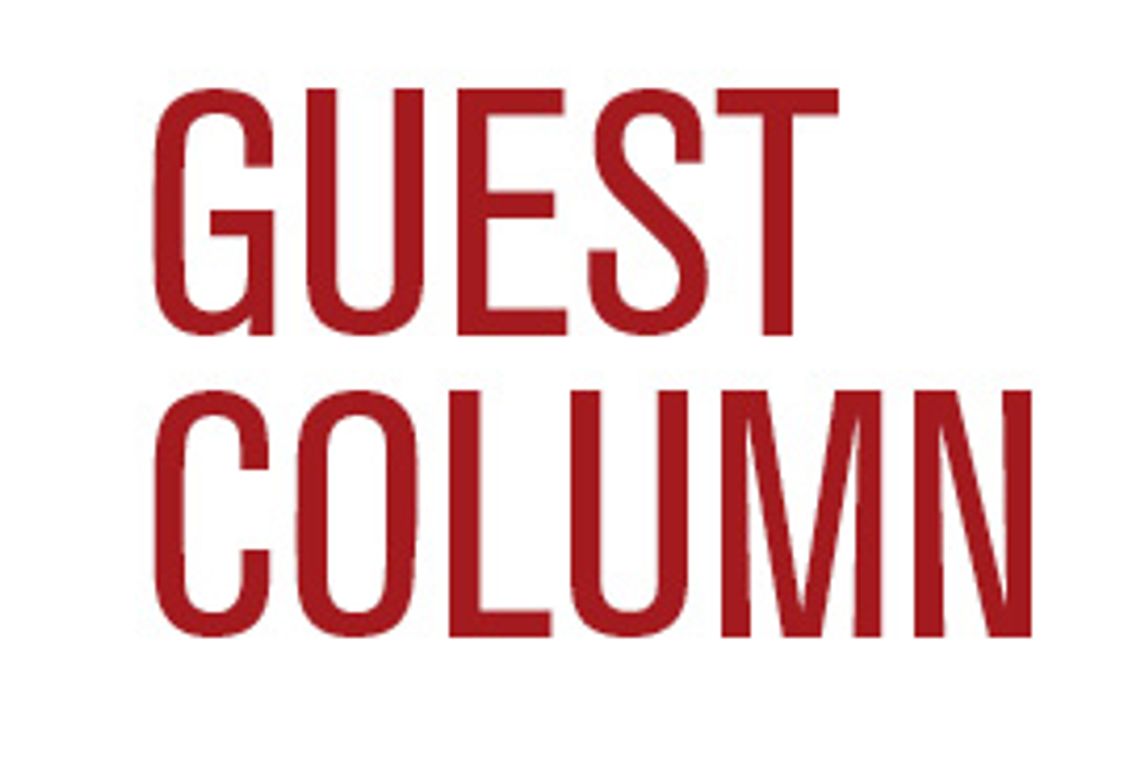by Melissa Millecam
Anita Miller’s column on her struggles with depression was touching. Her honesty and expression of pain speak to what many people feel in 2020. A pandemic, political disagreements, financial struggles, financial mountains to climb are just a few of the issues that affect us.
This painful year takes me back to 1973: the worst - and perhaps the best - year in my life.
My husband Aart and I were living in Kyle in a house on Burleson Street. I was co-editor of the Hays County Citizen with Juan Palomo, a predecessor of the Hays Free Press owned by Bob and Wynette (Tutta) Barton. Aart was working for Community Action Agency, starting a drug abuse hotline and a weatherization program.
In August 1973 we were working on the Citizen from our office in downtown Kyle, rushing against deadlines. On a late Sunday afternoon we took a break at the Kyle Cafe.
Bob Barton came in around 4 pm. He stared at me with an odd look in his eyes.
“I have some bad news, Melissa,” Bob said. “Aart’s been hurt in an accident. He’s been taken to Brackenridge Hospital.”
Tutta drove me to the hospital. At the emergency room, the medics let us into the treatment room for a moment. I barely recognized Aart—his head was scalped, his neck was in a brace and they were working on him frantically.
I realized it was him when I saw his prominent nose.
“Should we take him somewhere else?” Tutta asked the doctor, stricken by the old hospital. “Where would you take him?” the doctor retorted. “He can’t be moved. He might not make it. Don’t touch him.”
We retreated to the waiting room.
Aart had been riding his bicycle with our friends Jack Elder and Jack’s brother Rob. Highly skilled bicyclists who loved to roam the countryside, the three were peddling along Staples Road when a drunk driver came flying around a curve.
Aart had stopped at the side of the road to wait for Jack and Robbie, who was just 16, to catch up.
The car hit Aart, snapping his left femur and tossing him into the windshield. The antenna perforated his stomach. The collision with the windshield broke his neck in three places. The shattered glass sheared the skin and hair from the top of his head.
Then Aart flew off the car into a ditch and the driver sped away.
Jack, a Vietnam veteran, medic and former Peace Corps volunteer, assessed the situation and told Robbie to stay with Aart while he raced to San Marcos to call for help. Jack also spotted the car that hit Aart. The man was arrested for DWI. He told his family he had hit a deer.
At the scene, a highway patrolman showed up and thought Aart was gone — until he opened his eyes and said, “I’m okay.”
Robbie flagged down cars passing by and waited for the ambulance.
At the hospital, we sat in the waiting room as the hours ticked by. As the word spread among our friends, they assembled with Tutta and me. Eighteen people came for the night.
Around 2 a.m. the doctors came to talk with us and explain his injuries. The first, sixth and seventh vertebrae in his neck were broken, the spinal processes cracked off. They put a foot long metal pin in Aart’s femur. They stitched up his perforated stomach and torn scalp.
The neurosurgeon told us later that he’d seen only one previous neck injury like this where the patient survived—and he, the doctor, was that patient. He’d broken his neck in a ski accident.
Jack came with me to the intensive care unit. I asked him to stand behind me in case I fainted. I didn’t.
In the weeks to come, a loving community surrounded us. My parents came from Ohio to help. As Aart miraculously began his recovery, we realized the power of love, the power of skilled medical care, the power of family and community.
I had to call Aart’s parents —in the Netherlands. H.Y. Price, owner of San Marcos Telephone Company, set up an international call for me in his office. I don’t think I could have called from my home—or afforded the cost in the days before the internet.
Over the next two years, Aart recovered slowly from his injuries. The last procedure was removing the pin from his leg.
The man’s liability insurance paid Aart $10,000 the next spring. Should we spend it traveling the world, we asked ourselves? No. We put a down payment on a house, where we live 46 years later.
We realized the awesome healing power that comes when people reach out to others in distress and show compassion. We never left Hays County because of the people who lifted us up. The greatest treasures of our life arrived in the next decade with our daughter Kris and son Josh.
We have much to learn from the chaos of 2020. We are as vulnerable as our neighbors. Our political opposites share the angst, the anger and the fear we have. COVID-19 doesn’t take sides - the 266,000 people dead in the U.S. come from many walks of life.
We are at a pivotal time. As a nation. As a community. As a friend. As a family. We can reach out. Give to organizations that help people find food, shelter, childcare and employment. We can support struggling local businesses.
We can heal—even against the odds. We can listen to science and medical experts. We can wear masks, social distance and take COVID tests. We can listen. We can express our views to community leaders—and offer support.
We can be here for each other. Finding community can heal our souls.










